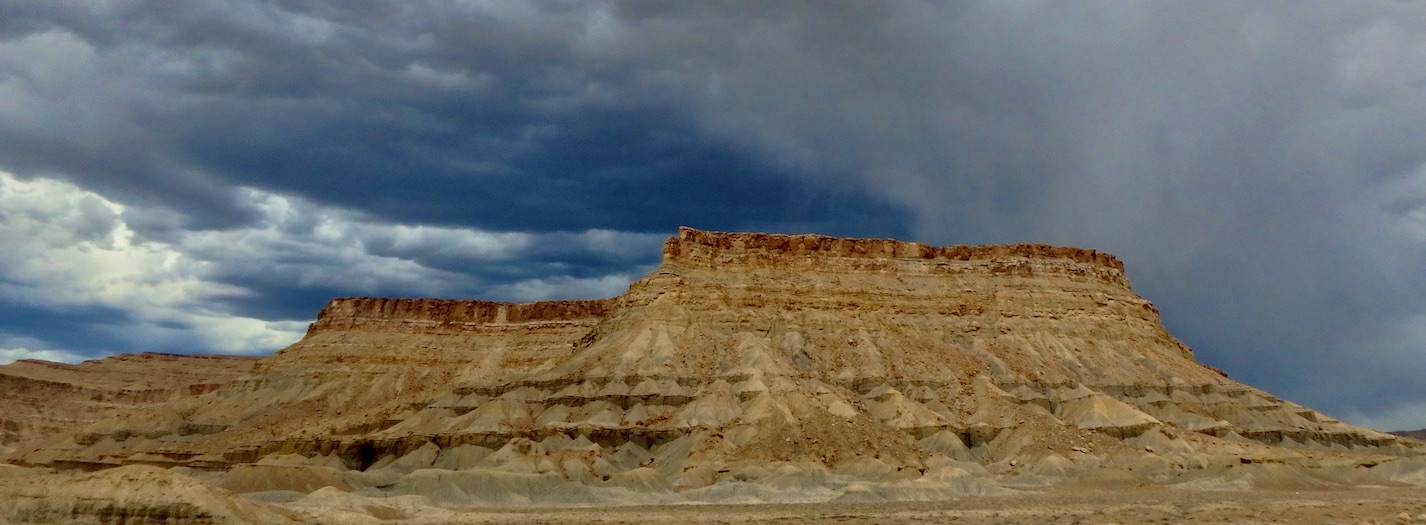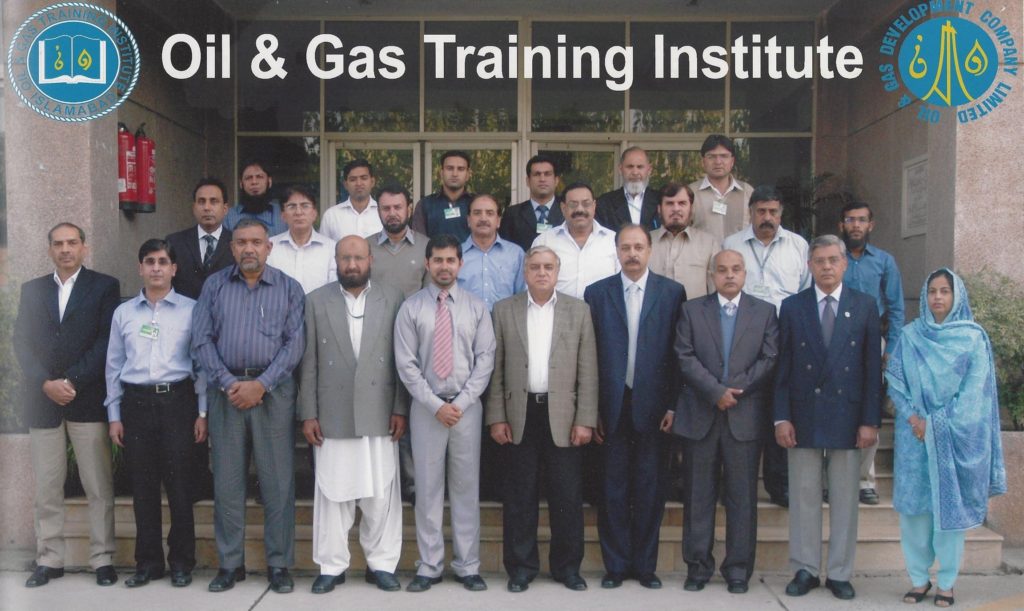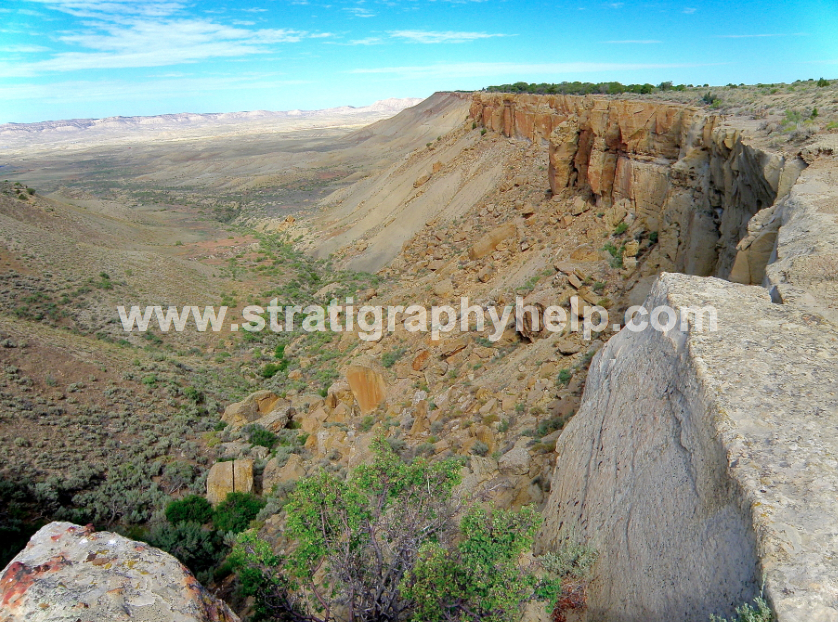
Applied Sequence Stratigraphy
Course Details
Several companies teach sequence stratigraphic courses. We would argue that each company has a different version. The key-word here is ‘applied.’ That means the course is not academic, we will not bore you with details of trying to figure out whether the cyclicity in your basin is from climate-change, tectonics etc, we won’t spend ages drawing Wheeler Diagrams for your basin, and we certainly won’t be drawing coastal onlap curves.
The objective of this course is to help you find more oil and gas using well-logs, core and seismic data. This is a prerequisite course for others listed here. Topics include the recognition of key sequence stratigraphic surfaces and systems tracts in seismic, well-logs, core and outcrop. Exercises during the course will teach participants how to chronocorrelate wells using wireline logs and core.
Unlike other course providers we believe 5-days are too short for participants to master both sequence and seismic stratigraphy, which is why we split these topics into two courses.
Please be aware that this is NOT a seismic stratigraphy course and we will spend minimum time on seismic data. Most sequence stratigraphy courses taught by other training providers try to cram-in sequence analysis on logs, core and seismic + seismic facies analysis into 5-days which we feel is a disservice to participants. If you are interested in learning more about seismic stratigraphy, we recommend you click here.
The focus of this course is conventional siliciclastic and carbonate reservoirs. If your interest lies in unconventional resource plays, we offer a course that covers sequence stratigraphy in shales, carbonate mudstones, tight-gas sandstones, and others.
Course Objectives:
– To develop a thorough understanding of relative sea-level changes and their effect on the distribution of source and reservoirs rocks
– To create an awareness amongst participants about the limitations of lithocorrelation and the benefits of chronocorrelation
– To prepare participants for realistic facies modeling in the creation of geomodels
Who Should Attend
• Geologists
• Geophysicists
• Petrophysicists
• Engineers who wish to develop a better understanding of the factors that control distribution, reservoir connectivity and compartmentalization of a particular reservoir The course assumes no prior knowledge of sequence stratigraphy, which is why we strongly urge engineers to enroll.
Need more information?
Course Outline
Day 1
Introduction, applications in exploration and development, obsolete ideas in sequence stratigraphy, do’s and donts of sequence stratigraphy, Walther’s Law and facies belts, identification of Subaerial Unconformities (Sequence Boundaries), Maximum Flooding Surfaces, Wave and Tidal Ravinement Surfaces, Maximum Regressive Surfaces in sub-surface datasets such as seismic, well-log and core data, Sequence Stratigraphy of Shallow Marine Siliciclastic Systems.
Performing sequence analysis on well-logs, exercise on identification of lithofacies and stacking pattern in wave-dominated parasequences in core

Day 2
Sequence stratigraphy of deepwater petroleum systems: effects of relative sea-level fall on sediment gravity flows, canyon incision, longshore drift capture, discussion and identification of key surfaces such as the Maximum Flooding Surface and Sequence Boundary and their identification in seismic, well-log and core data, autocyclic vs allocyclic changes and their controls on reservoir distribution and architecture, predictive stratigraphic models of Mike Gardner (Build-Cut-Fill and Spill and Adjustment-Initiation-Growth-Retreat).
Identification of key-sequence stratigraphic surfaces in sub-surface data from deepwater exploration basins

Day 3
Carbonate sequence stratigraphy and its control on reservoir distribution and quality, recognition of key surfaces in core, highstand shedding of carbonate platforms, effects of karstification, dissolution and leaching along subaerial unconformities, drowning unconformities (“Type-3 sequence boundaries”) and source rocks, variations in cycle-style in carbonates, the start-up, catch-up and keep-up phases in carbonate platform development.
Exercise on identification of lithofacies and stacking pattern in a carbonate-ramp parasequence

Day 4
Sequence stratigraphic models by the Exxon Group, Hunt and Tucker, Plint and Nummedal, Galloway’s genetic sequences, T-R cycles of Ashton Embry and the use of 3G parasequences in correlation.
Exercise on using Ashton Embry’s techniques in well-log correlation.

Day 5
Introduction to sequence biostratigraphy: index fossils including planktonic and benthic foraminifera, calcareous nannoplankton, dinoflagellates, spores and pollen, the concept of ecostratigraphy, finger-printing and biosteering.
Well-log workshop on participant data.

This course is usually offered in-house and can be scheduled at a location of your choice. To arrange the course at your office we need a minimum of 4 participants. For a concise 3-hour online version of this course click here.


